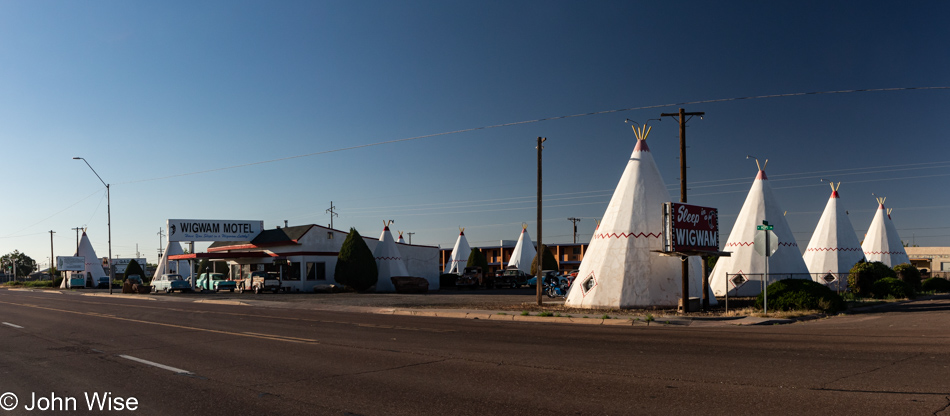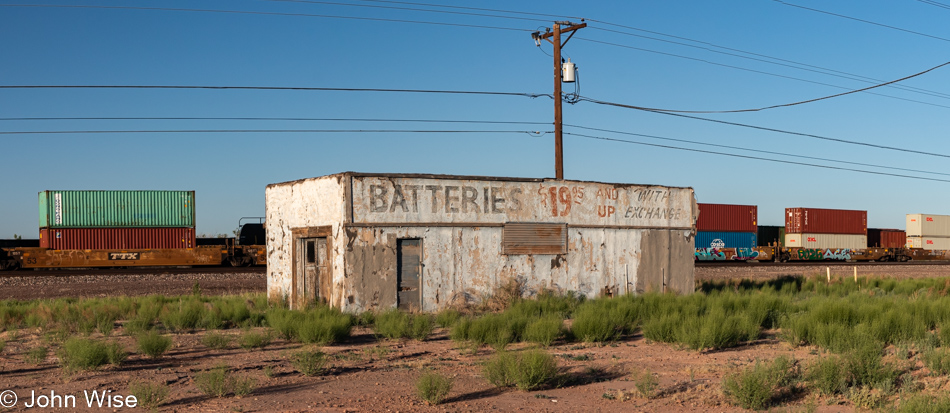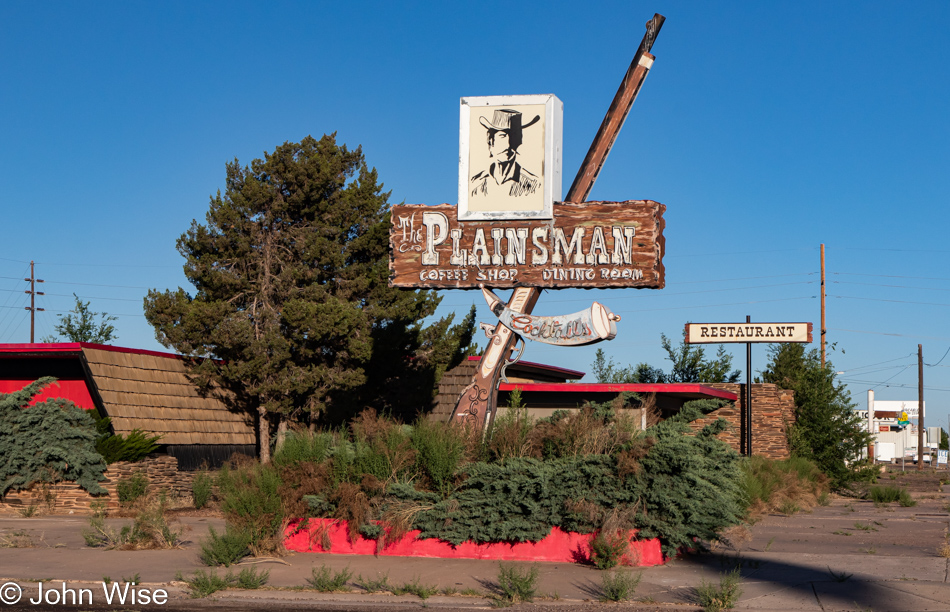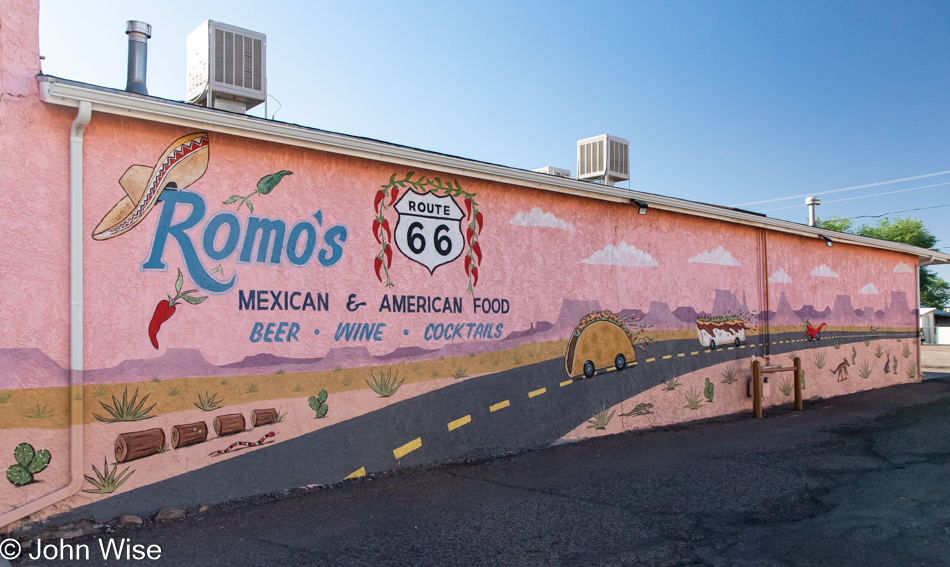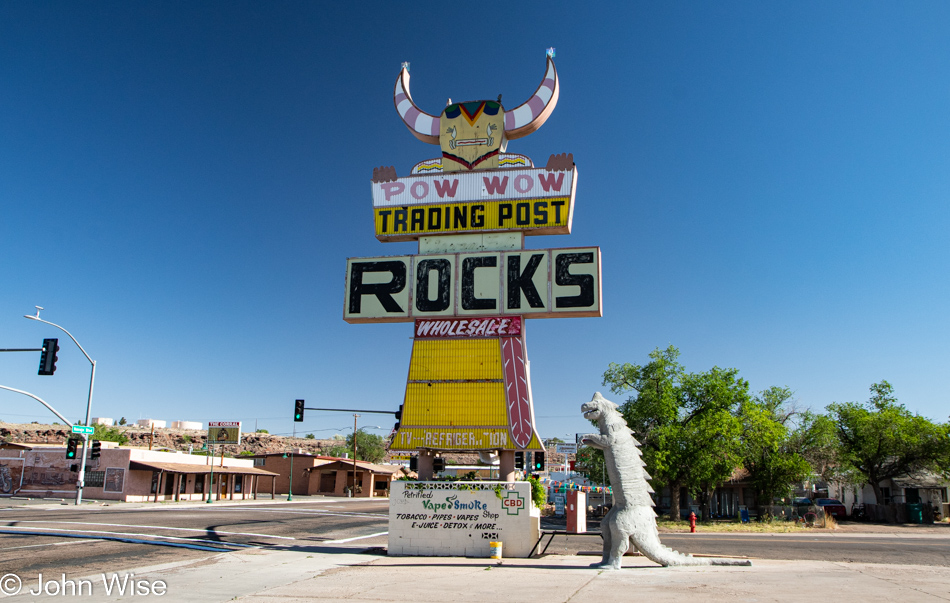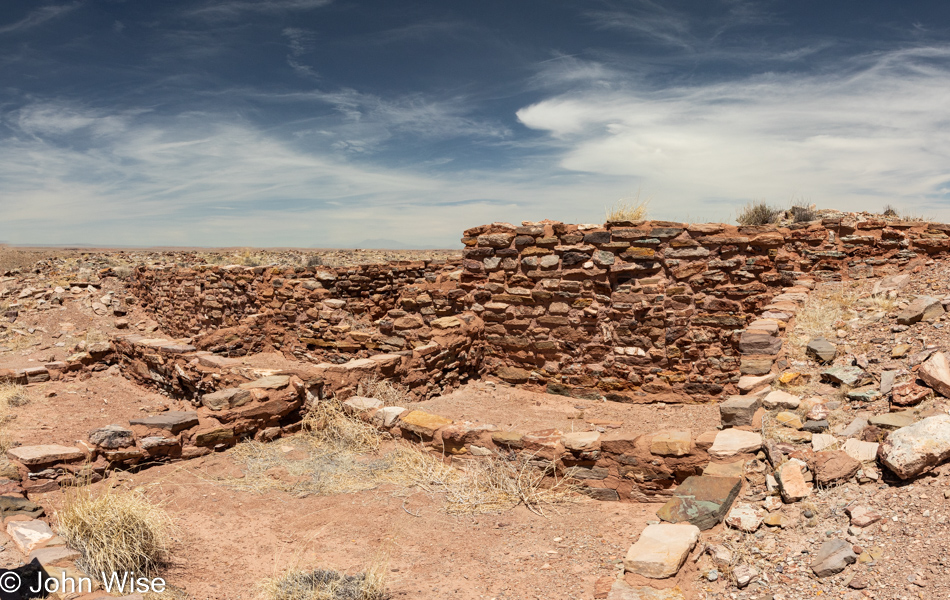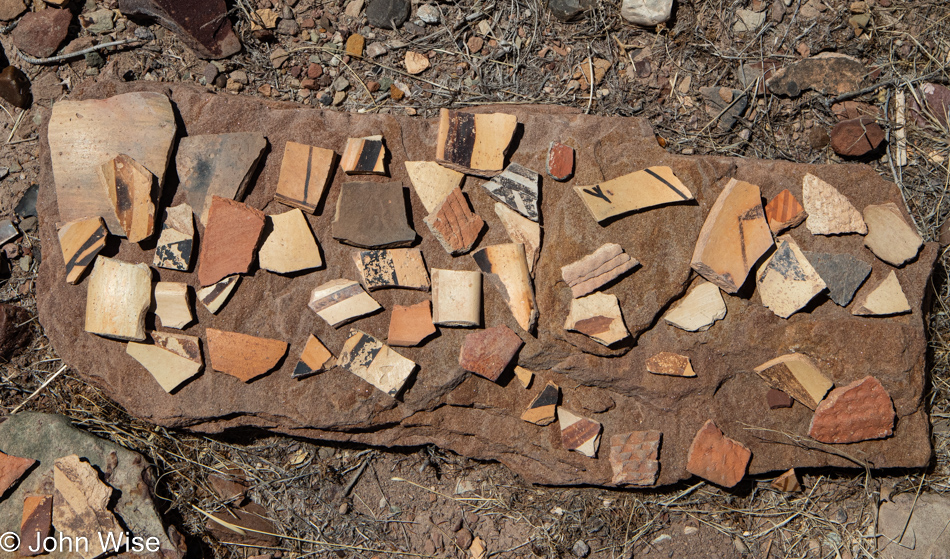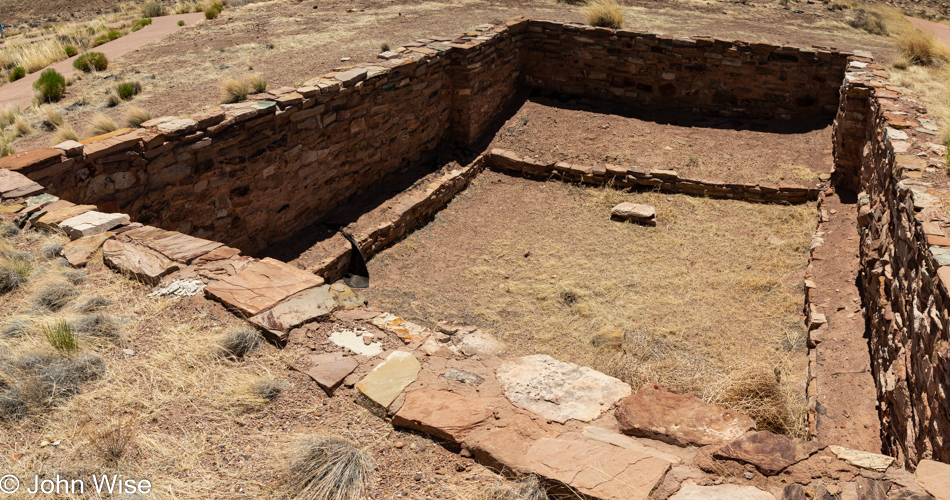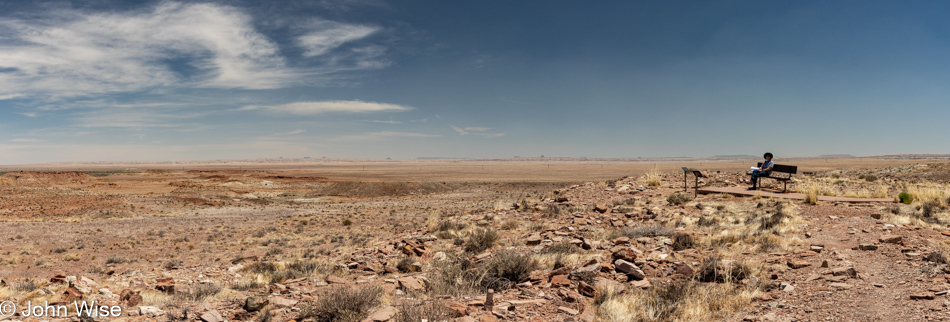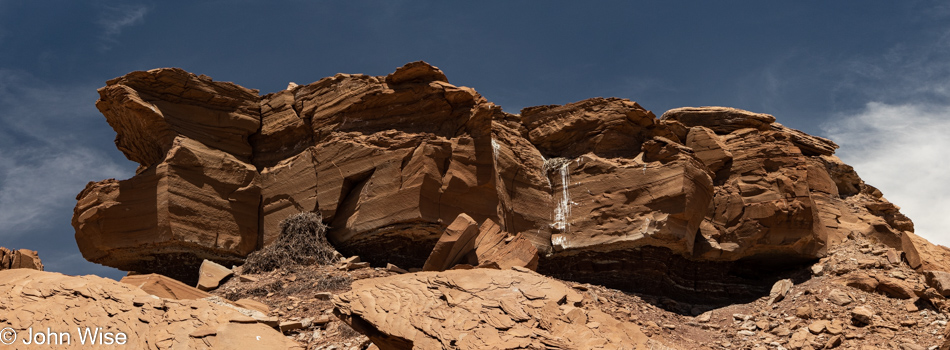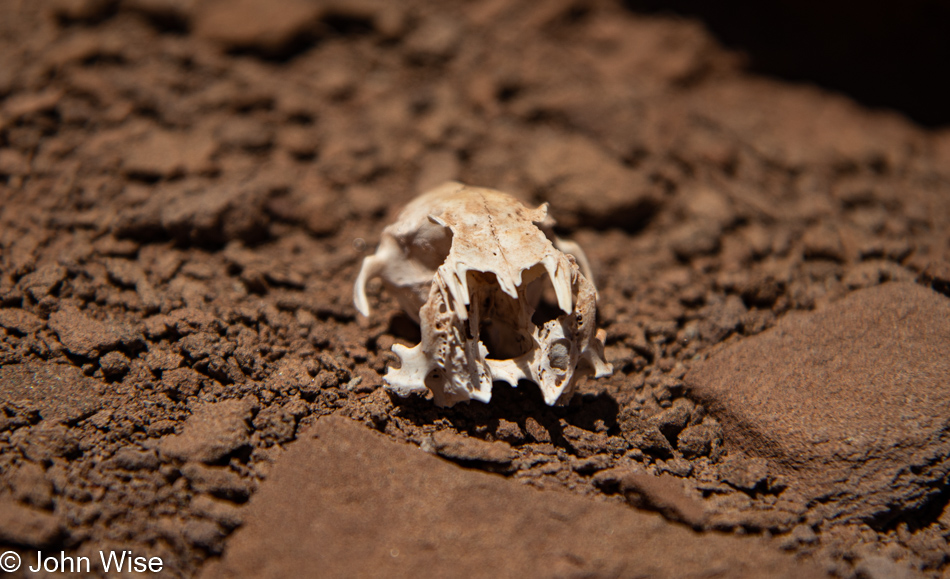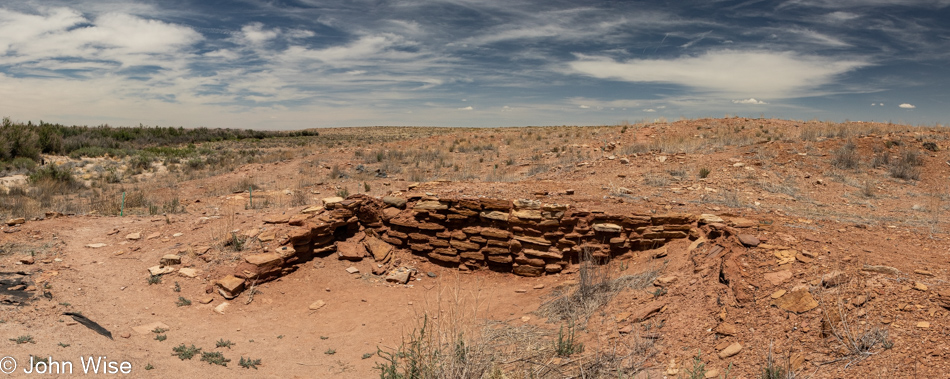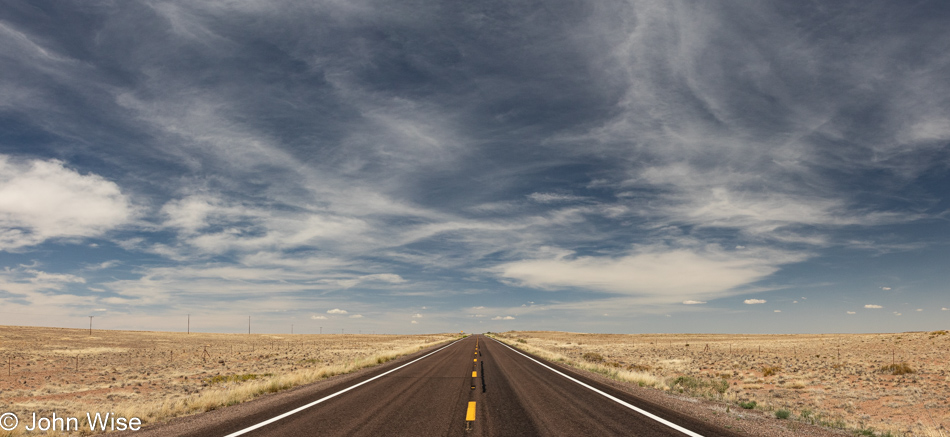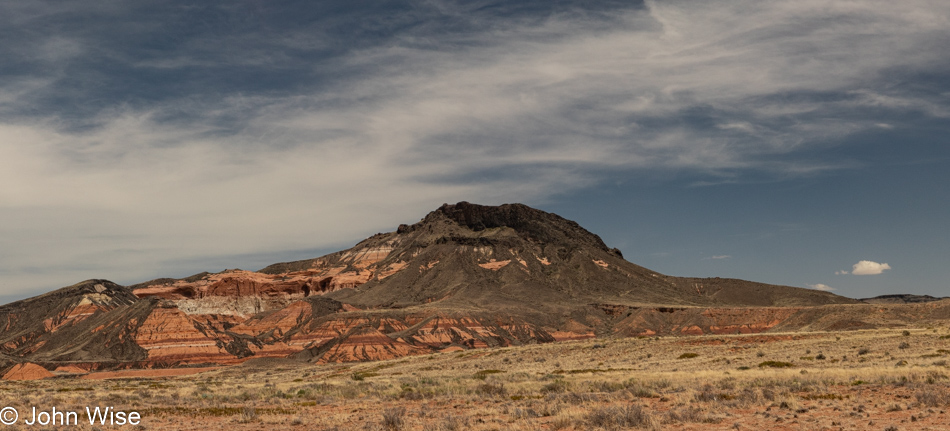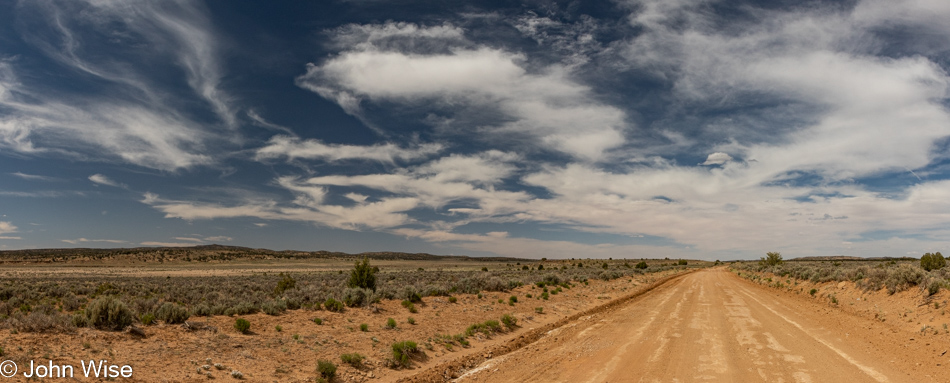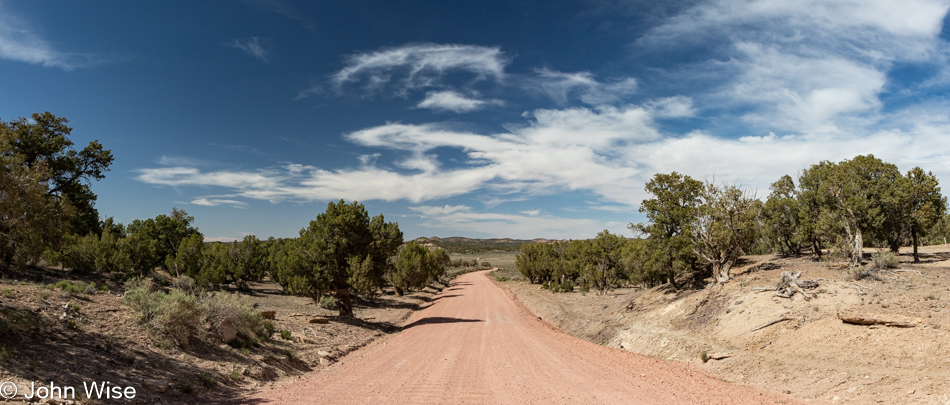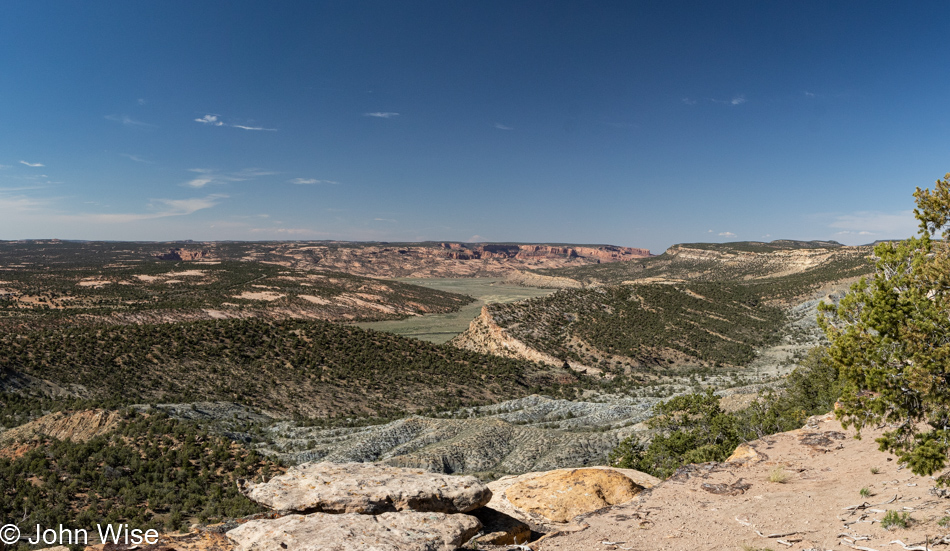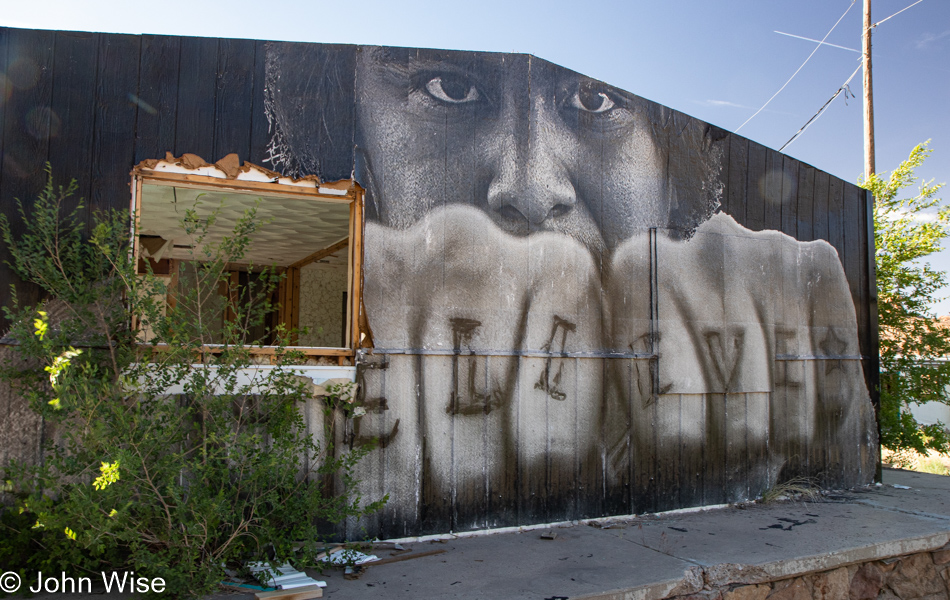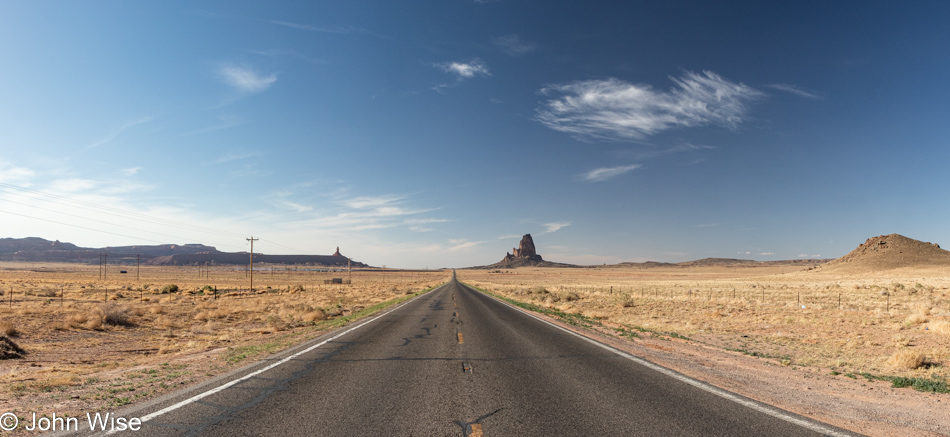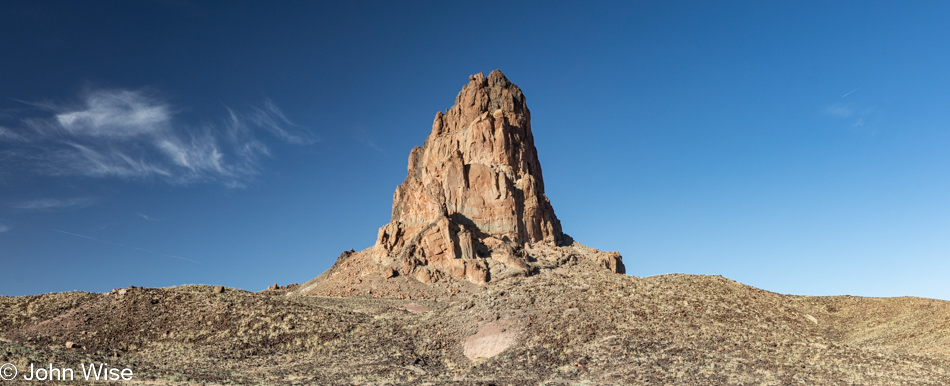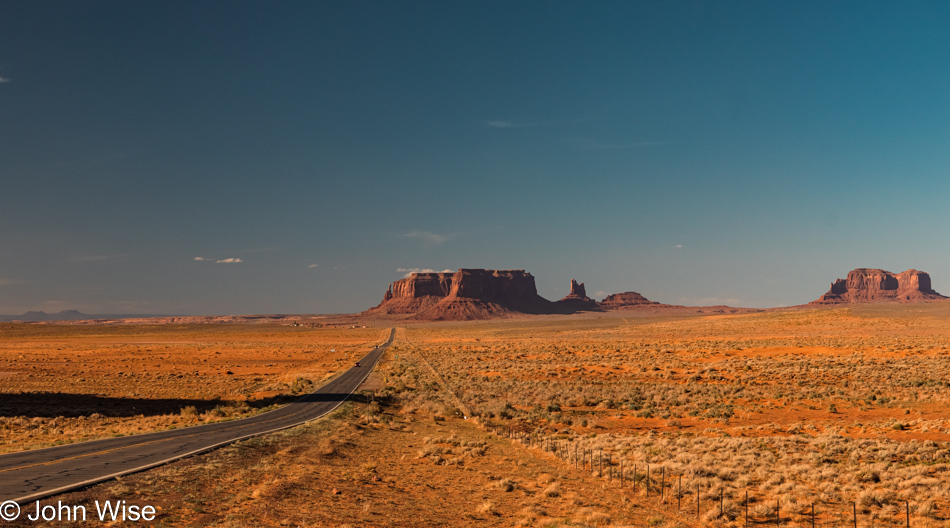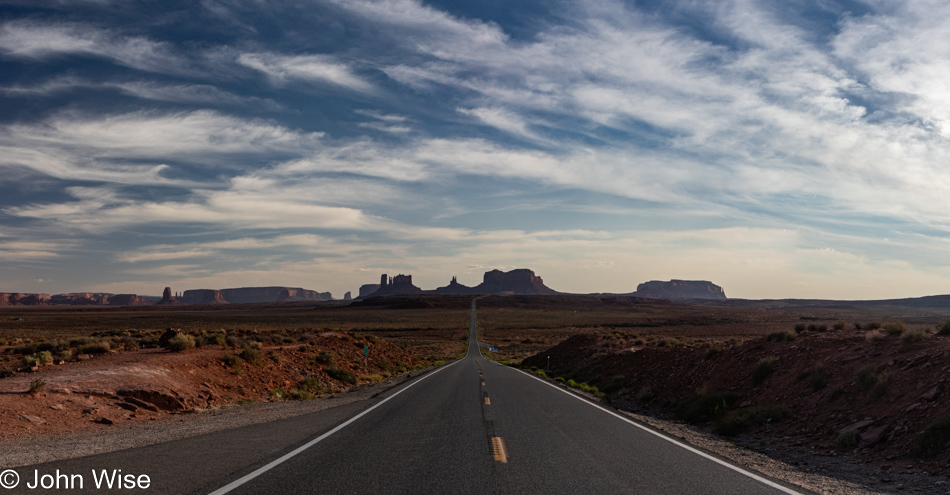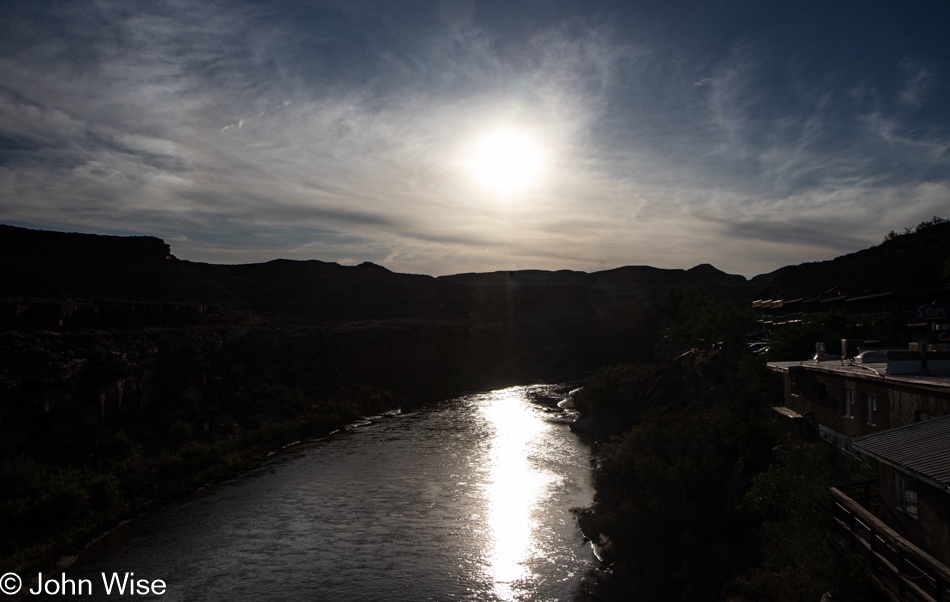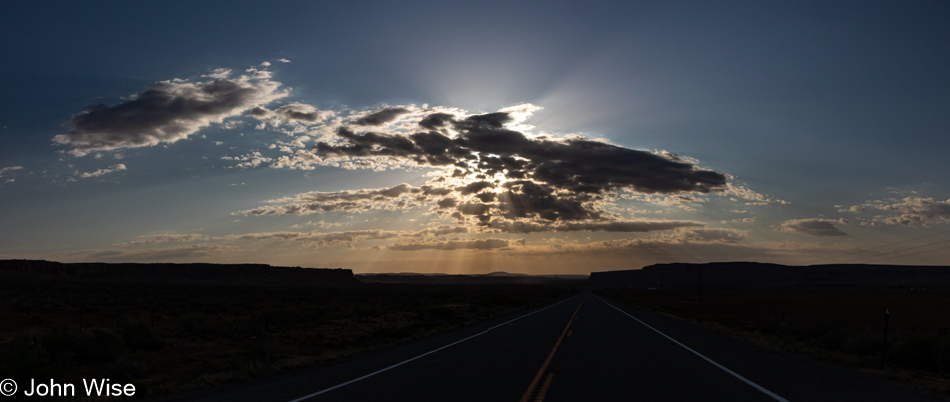
Fifteen-hour days don’t offer much time for blogging when those hours are being actively used for exploring. Yesterday was a good example of that with all motion and no pausing. At the moment, I’m finally sitting down to write. It’s 4:00 pm on the same day, and we have an hour to spare as we await Cody, who’ll be our tour guide this evening, but more about that later.
We were out early but not so early that the sun wasn’t up already. We must be getting comfortable in these years as in the past; we’ve taken a lot of pride in always being up at dawn; then again, we didn’t get to our room before 10:00 pm last night, so there was that. As I said, I wrote the previous bit when we were waiting for our tour guide, but as I’m here editing and adding to this post a week later, I find it lame that I tried to pull off getting to our room at 10:00 was a decent excuse for missing the sunrise. Heck, we used to get in at midnight and somehow still managed to drag ourselves out at 5:00 in the morning to see the first rays of sunlight. This can only be an indicator that we are growing old. Live it up, young people; this might happen to you, too.
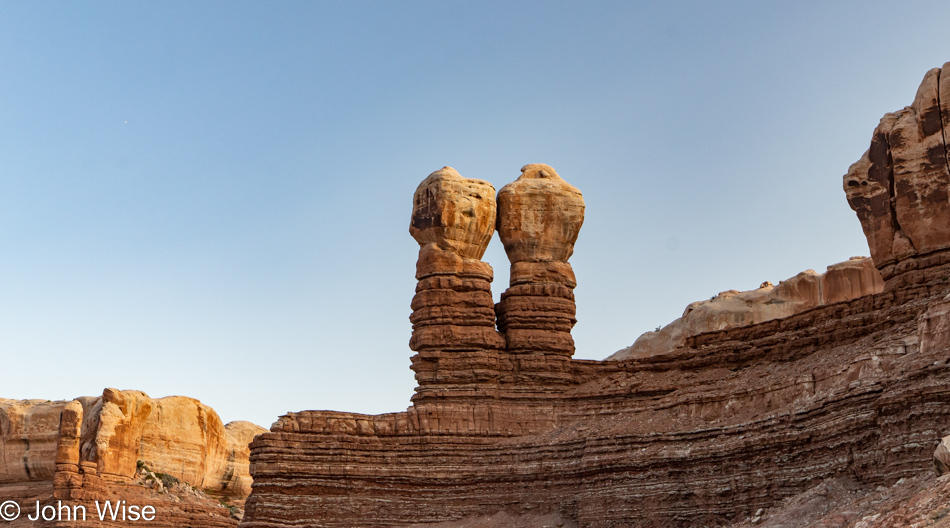
These Twin Rocks in Bluff and the Cow Canyon Trading Post across the highway are the two things that will always let me connect with my fondest memories of our previous visits. The posh trading post below these rocks caters to a wealthy clientele, but it wasn’t always that way when real people moved through the area: back then, it was a mere gift shop for mortals. Now, for example, this trading post that will not be named has seven items on their website that they offer at under $200; most everything else costs between $500 and $21,000, and don’t even think for a moment you’ll find a postcard as that’s just too declasse and something the savage proletarians might still do but not the upper crust.
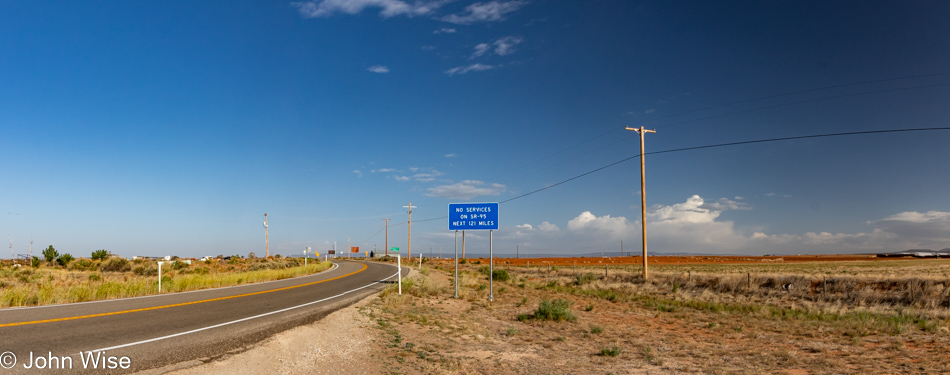
I need to put that axe away, stop the grinding, and wonder why this is becoming such a frequent theme as these trips accumulate. Maybe it’s my response to the nonsense consuming America here in the middle of 2022 as the price of gas has “skyrocketed,” mass shootings are happening at the rate of two a day (seriously, there were more than 60 during May), talk of recession is scaring people, inflation is a big topic, while some even worry about the potential of nuclear conflict due to Russia invading Ukraine. It’s my opinion that most of these topics are fear-based mechanisms to move the average American deeper into their self-imprisonment while barricaded in their euphemistically titled “Man Caves.” I need to also be mindful of the fact that the changes I’m seeing didn’t happen yesterday, the last month, or the previous year; these things have been accumulating.
In any case, considering the here and now, a 1,000-mile drive in a car that gets 30mpg will cost $166 in gas for the family compared to, say, flying 500 miles to Quebec City from New York City, which would cost a family of four over $2,000. Others might lament that inflation is putting lodging out of reach; oh really an apartment in Quebec City for five nights at $650 is too exorbitant? Yet, spending nearly $100 for dinner at a restaurant for a family of four is reasonable?
What I’m getting at is that I can’t help but think that travel is being discouraged for the hoi polloi (the common people) and that someday, my wife and I will be priced out of this luxury of luxuries. And we are the lucky ones as our decision to live frugally in Phoenix has allowed us to budget about $2,000 a month for travel, but I see the writing on the wall that by the time we reach retirement in approximately ten years, we will have to come up with $4,000 to maintain our pace. A decade ago, we could get away with spending about $150 a day or $900 a month. The big joke on the American people who think they’ll be traveling in retirement is that they’ll never be able to afford it on their meager social security. Heck, even if they saved $500,000 and drew that down by $2,000 a month for a period of 20 years while combining it with their $3,000 from social security, after food, property taxes, house payment, or rent, utilities, fuel, and dependable transportation, the remaining $1,000 might allow them to get away for a weekend a month. Damn, we are idiots oblivious to the future.

Gack, I’m such a horrible capitalist! Heck, I’m not even that, as truth be guessed, socialist blood courses through these veins. I want everyone to know some perfect corner of nature for themselves as I feel that Caroline and I planted some part of us out in the wilderness, and what’s bloomed has brought us oodles of happiness as though the sun filled us with a perpetual sense of wonder. We don’t just gaze at these places of expansive charm we unfold some intrinsically deep organ of perception that connects a kind of primordial umbilical cord into the heart of it all. We are not on the surface of a planet; we are profoundly connected to the flow of life. We don’t even breathe for ourselves; the atmosphere pumps air into our lungs so those of us in love and respect for this place of grandeur might share with others our heartfelt awareness of majesty.

I’m not all that impressed with you, my fellow humans; you’d never hold fast to the side of a stone wall, find nourishment and life to exist on your own without the support of all of the rest of us. Yet, egos, lies, and deceptions have tricked the masses into believing in individual greatness that might only be emulated by the most foolish among us. We need each other. Oh, why didn’t I see this before? I am now old and no longer part of the breeding gene pool. I can afford to ride high on my lofty ideas as I cannot attract another mate with my rigid hostility to banality, so I sit alone like this tree, unable to move from my stone perch. Hah, you’d be wrong if you believe that because just as this tree is able to throw off its seed, I throw off these words that might at some point take root in some other unlikely place and share an idea that could change the landscape.
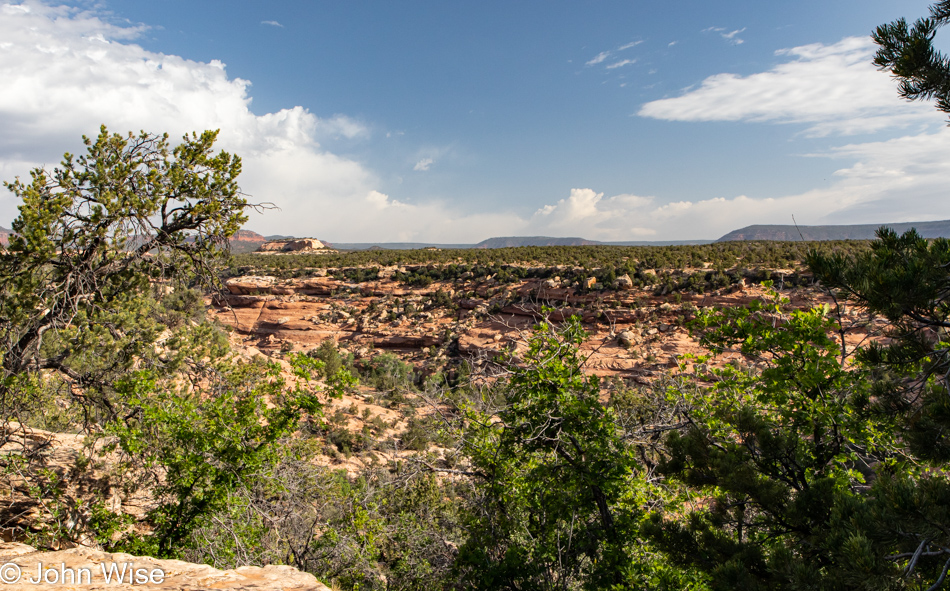
Bears Ears National Monument (which we drove into and out of yesterday) is the focus of at least the first half of today with the intention of reaching the House on Fire. In that effort, we walked along the rim trail we assumed was the right one, this being the Mule Canyon Ruins Site and all. Staying on the trail and finding a path to House on Fire was a serious challenge. It turned out that the reason was we weren’t in the right place. This has something to do with the lack of adequate signage here in Bears Ears, as this was the park designated as a monument by Barack Obama and subsequently mostly canceled by our last president before Joe Biden restored its designation and territory. Some ambiguity is still part of what’s what and where those what’s are.
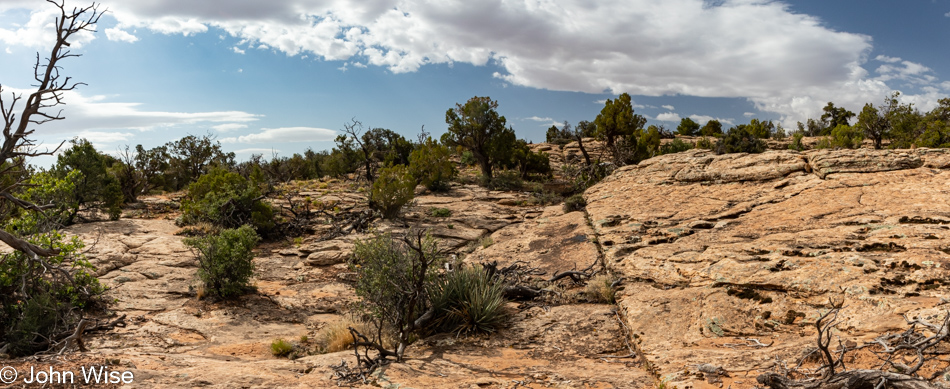
Sadly, we likely inflicted some damage on the fragile cryptobiotic soils as the “trail” was so random. Okay, it wasn’t random at all because it wasn’t even a trail but a series of mistakes by those who searched for the same thing before us, but with an interpretive panel nearby and a pit toilet, this had to be the right location, the previous right turn only said Mule Canyon while this said Mule Canyon Ruins where there are none, as far as we could find.
Later, we learned that the House on Fire is down that canyon trail titled Mule Canyon, not this rim trail featuring a ruin. House on Fire is not actually on fire but offers the appearance of being so if you arrive at exactly the right time when sunlight is reflecting off the opposite wall and onto the curved cliff above the ruin. Needless to say, we will not be seeing that during this visit as the window of opportunity has closed, and the house is no longer on fire.

After this great hike, we did actually catch sight of the House on Fire across the canyon and down below. This is a horrible photo of that site, but hey, it’s all I got. If you zoom in on the broken boulder near the center of the photo, you might recognize a few people standing near it, but sadly, not us.
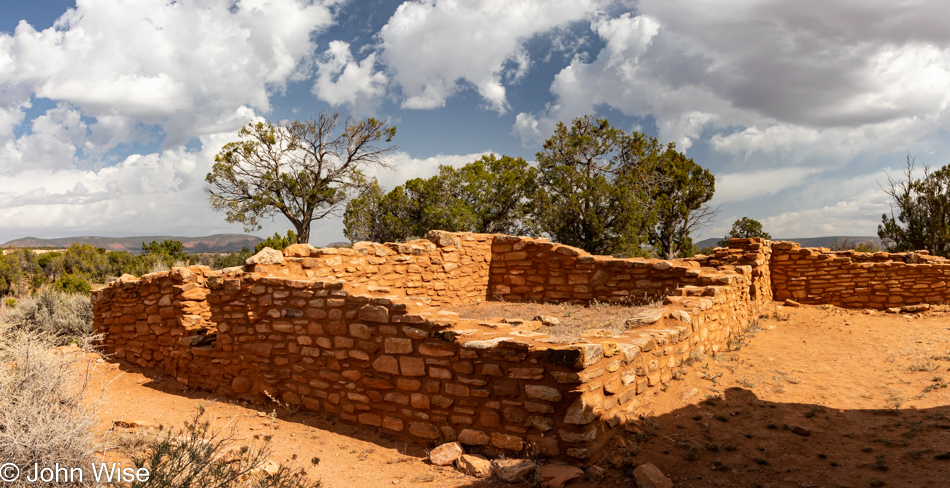
Over at the interpretive sign (which we had ignored on arrival), we now understood that Mule Canyon Ruin is this structure right here. We couldn’t see it nor the kiva to its right from the parking lot, hence not finding it. Defeated (just kidding, we are never defeated), we took off looking for the unmarked turnoff that promised to deliver us to the Cave Towers.
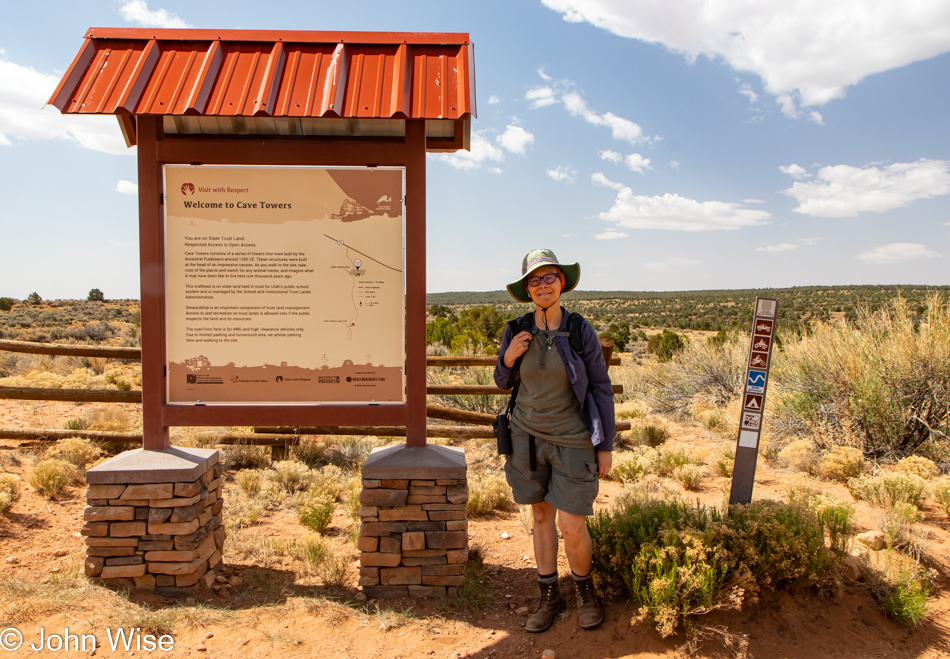
Just off the road and through a gate was a sandy, bumpy road we were too chicken to drive as it appeared that it wouldn’t have played well with the bottom of our car and merely two wheels of traction. Good thing the walk wasn’t very long to the beginning of the trailhead Caroline is standing at.
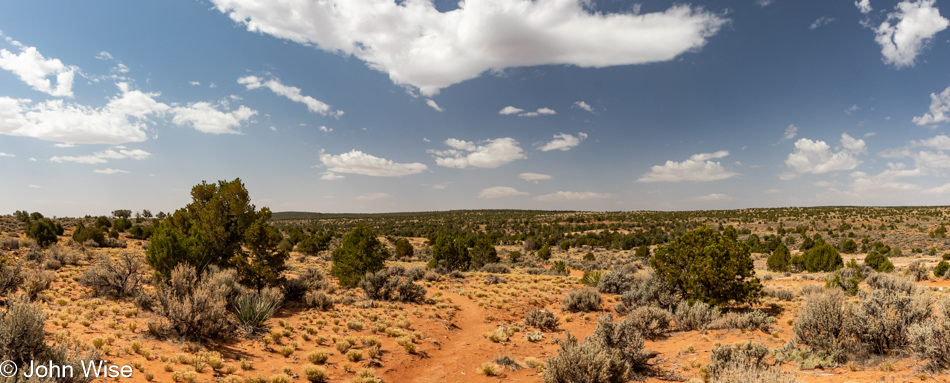
It was out here in this vast land that we got lost forever. We are out there right now wandering aimlessly and carefree because what’s better than communion with the infinite when your god is the universe of nature? Natural sensuality, hot, cold, wet or dry, sunny, dark, dangerous, sometimes benign, holding all the potential for surprise, enlightenment, fun, and love, these things feed our sense of the real. Look at it all spelled out in the clouds, bushes, hills, and sand. Stop a moment and try to remember the last time your feet trudged through the sand and you tripped over a pebble because your focus was on a cloud that reminded you of something or other.
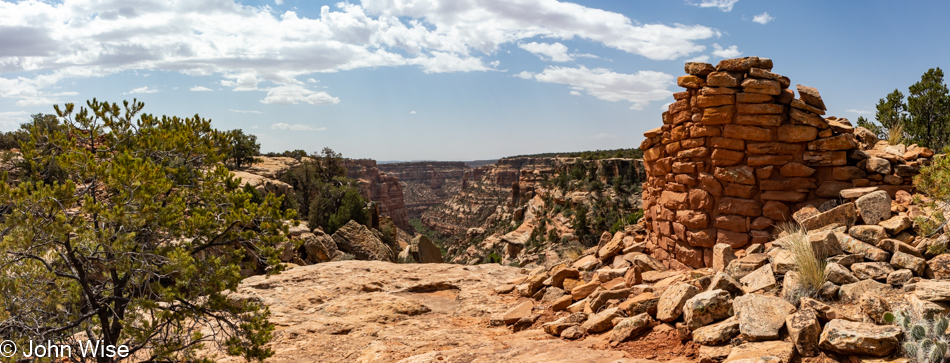
After exhausting the possibility of returning to our car, we took up residence where an Anasazi structure once stood. Starting with just a pile of rocks, we created ourselves a home from the ruin. If you’ve been looking for us, you’ll find us here, wherever here is. We’ve given up the search for meaning outside of perfection, as it seems that our larger society is intent on exploring the madness of not being able to cope with nothingness. Out here, the space between is full of everythingness, and where gaps exist, our love and appreciation fill those voids.
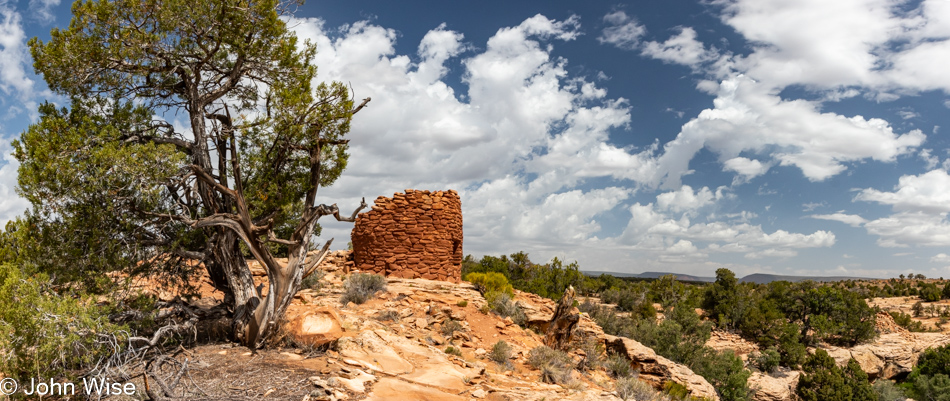
We continued work on our growing tower home, making great progress with the understanding that monsoons will arrive with the summer. Protection from those tempests was required as our naked skin couldn’t fully shield us out here in the big nowhere, though we seem to have been effective in throwing off the banality that was just under our skin from living amongst all of you.

I can finally admit that we didn’t get lost by accident; we made an intentional move to escape the inanity of all that our culture stuffed us full of, as though we were some kind of sacrificial turkeys destined to be eaten by those who feast on the poison of stupidity. Our modern-day Dracula myth works this way: fatten the masses on intellectual tripe and then milk those fantastic breasts that money is excreted from. Titties and cash are the elixirs of happiness for the ruling class.
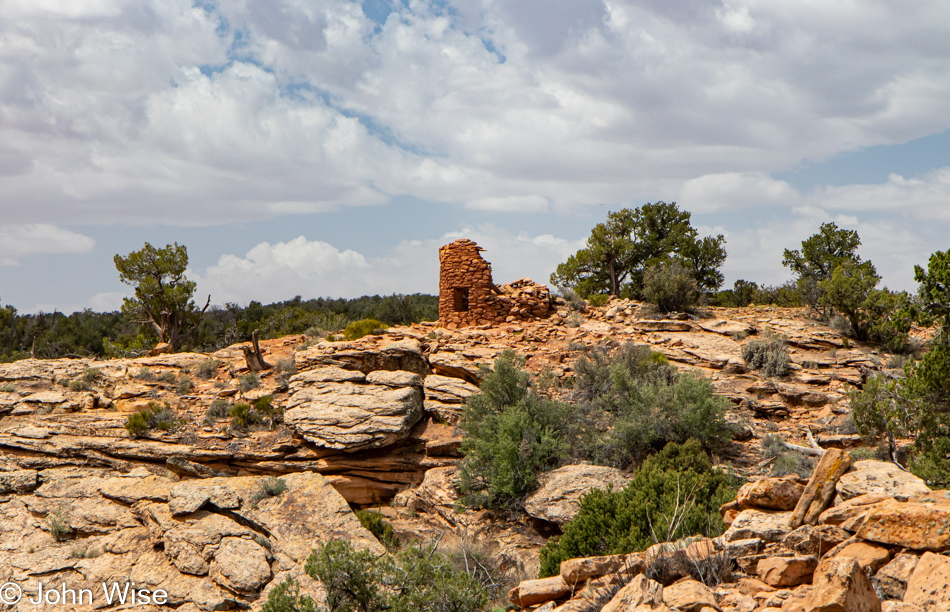
Now that we live carefree, naked, without money or hope of returning to your world, I beg of you, do not try to rescue us as we have rescued ourselves from drudgery and will find happiness on our own. As I grow to forget you all, I will remove a stone at a time from our new home until the day we die when we’ll have left the earth without leaving a trace that these new ancient ones with dreams had once been among you. Your existence does not deserve dreams as you wallow in the sorrow of failure. Hey Caroline, do you think we can get Grubhub to deliver us some coffee from Starbucks out here?
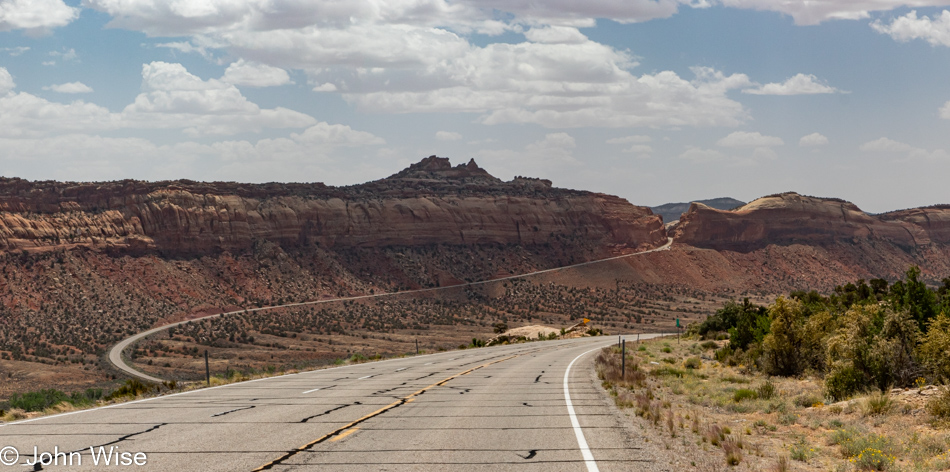
Today, we’ll drive over 153 miles of paved roads that, on average, cost our governments about $635,000 per mile to build. Caroline and I are truly experiential millionaires as we trek effortlessly over these $97,155,000 worth of roads in a car that has over 100 years of engineering behind it. We travel with music, phone service, and even an ice chest, allowing us to have fresh fruit, meat, hard-boiled eggs, and whatever else we might want to drag along in our air-conditioned car. The gasoline for this adventure today, even if it were $10 a gallon, will set us back $33, but in reality, at $5.39 a gallon, we only have to pay $17.92 for this entire day of crazy exploration. But wait, there’s more; what if I told you that the state of Utah would also supply you with picnic tables so you could just pull over and feast? Still not enough for your pittance of tax contributions? Just ahead, you’ll find places to stay and people preparing hot food and medicine should you need it, and you can get there from the comfort of your car, traveling at 60 miles an hour over the surface of a planet in space. How about we stop complaining about taxes and the price of gas?
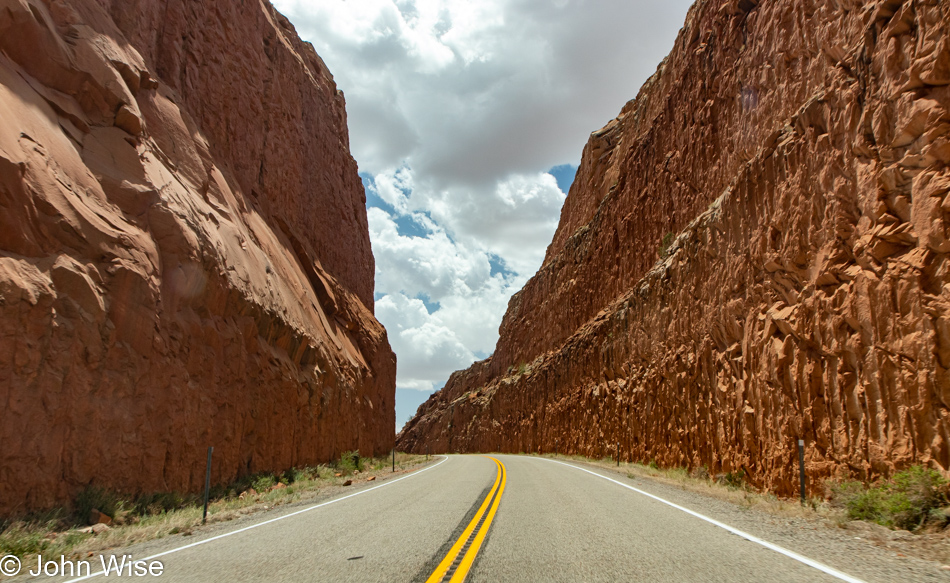
Just wow, who the heck had the great idea to slice down through a mountain of stone so we could easily drive through this space instead of driving off the cliff? Look at the photo above this one; the road that climbs the incline is exactly where we are right now. As for the signs that tell drivers, “No Stopping or Parking” and warnings of falling rocks, they are heeded as the danger is apparent and so I take my photo through the windshield while trying to drive especially slowly.
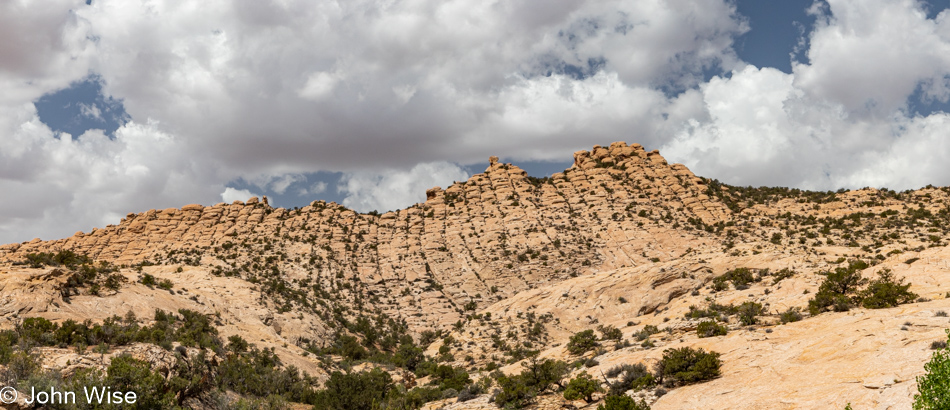
We are heading east before turning south to avoid being late for a scheduled 5:00 p.m. meeting.
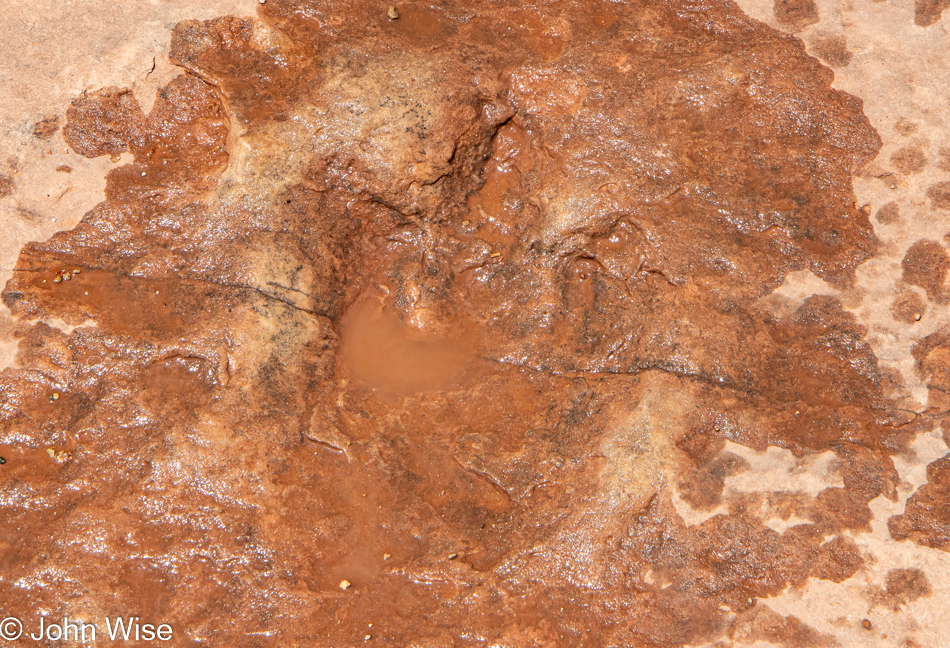
But first, we’ll have to stop for just one more thing. A short hike to a one-hundred-sixty-million-year-old dinosaur track left by a meat-eating, bipedal, theropod beast that is long extinct. Photographing this mid-day was no easy task as shadows were nowhere to be found. I did take a photo with Caroline’s hand next to the impression, but it didn’t turn out as well as this one. The track is larger than her hand.
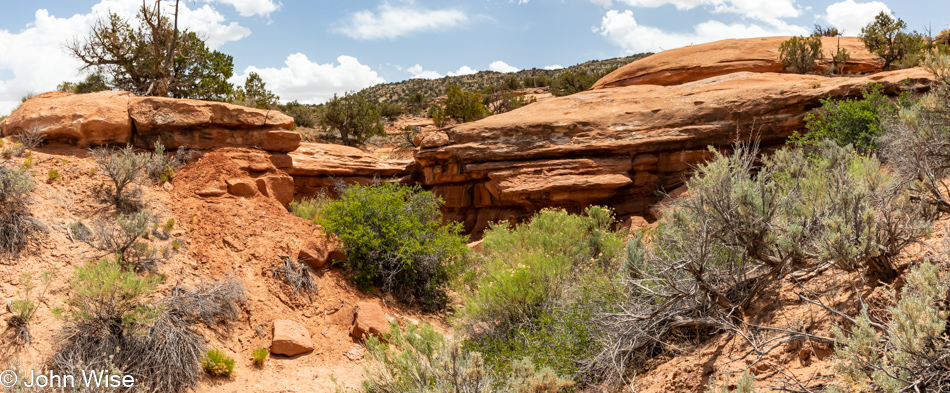
For your information, we are in Butler Wash, which runs for 23 miles north and south. There are many things to explore, including the Wolfman petroglyph panel we would have liked hiking out to, but the threat of rain (hard to believe, but we actually caught some sprinkles at the trailhead) and our need to be punctual for what comes next dictated that we’d have to keep it for another time. After heavy clouds appeared on the horizon and started moving away, they were replaced by increasingly strong winds.
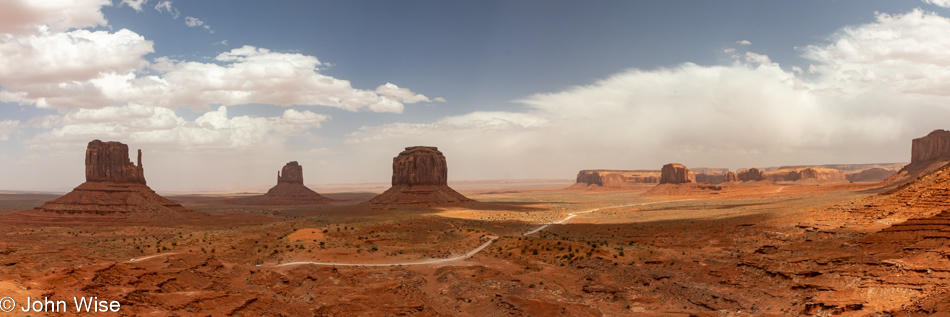
Monument Valley Navajo Tribal Park is what was on the itinerary.
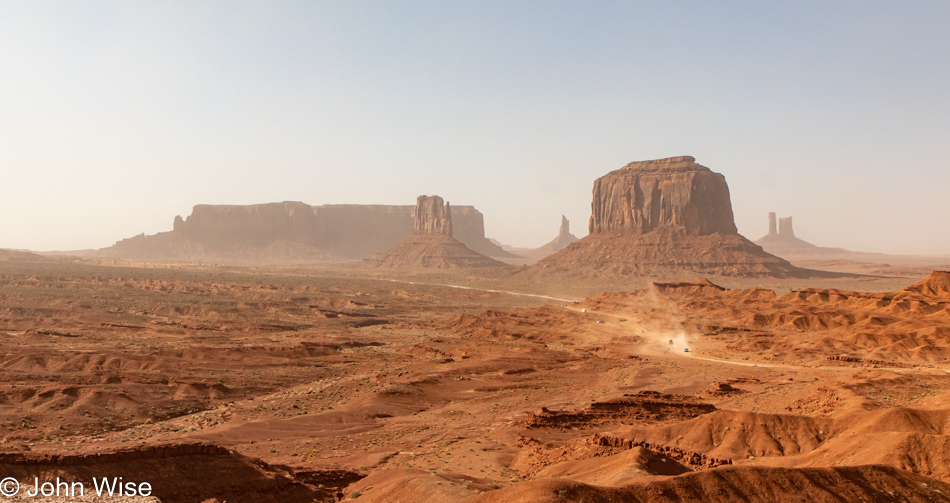
This is where we were to meet up with Cody, who I mentioned at the top of this post; he’ll be doing the rest of the driving on this day. By now, with a ton of sand tossed aloft, we’ll have to deal with limited visibility, a camera that is being impregnated with fine red dust, and expectations of red boogers. Continuing COVID rules up here on Navajo lands demand that we wear masks while in buildings; due to the dust storm, we happily wear our masks for the majority of the afternoon outside to avoid that potential booger problem I referred to.
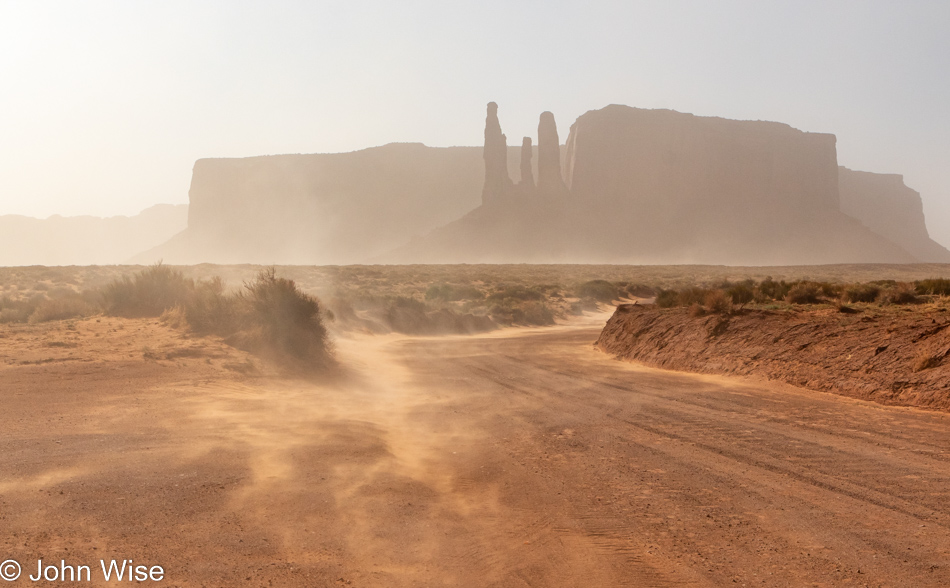
Look to our photos of the next morning for a comparison of just how much dust is in the air at this moment.
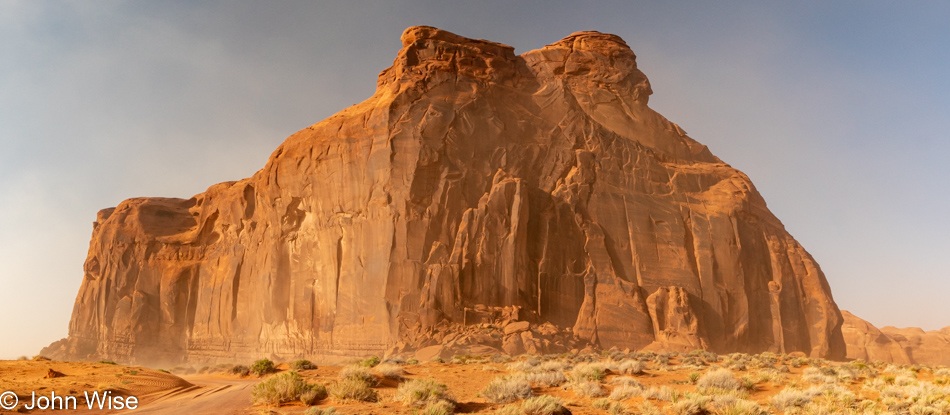
It should be obvious that this butte is named after an Indian chief; just look for it.

A benefit of our guided tour is that it leaves the main trail through the park and brings us to locations not otherwise seen by mortals attempting to damage their own cars. Being out here, there’s so much to see that it’s easy to be distracted by the monuments, forgetting to see the little things.

Our tour is about something more than taking the path less traveled; we’ll be sleeping overnight here, right in this exact hogan, as a matter of fact. But we have a lot more to see and do before we unload our gear and lay down for the night.

Maybe you think this is the inside of the hogan we’ll be sleeping in? You’d be wrong as this one is adjacent to ours. The woman sitting next to Caroline is Effie Yazzie, daughter of Susie Yazzie, whom we met on our first overnight in a hogan. She sadly passed away nine years ago. Little did we know all those years ago that we were effectively in the presence of royalty, a matriarch, an occasional actress, and partly responsible for 73 descendants? I have a photograph of Susie Yazzie on that post from March 2008, which you can see by clicking over to this post.

While it’s a bit dark, you might be able to see the profile of George Washington here (looking left). We’ll see more than a few holes in the sandstone towering above us, such as here at Big Hogan. Look again; maybe you see an Iroquois Warrior, or is it a rabbit?

Cody offered us a song in the Big Hogan and requested that we not share it on social media, so in respect of that, I offer you the drum he played.

I have christened this unnamed feature, the Cobbler’s Anvil.

The Eye of the Needle was the next hole/arch/natural bridge we visited. Hmmm, this is becoming a “This, then that” list of things, and there’s no fun in that.
Here’s the deal: it’s June 6th when I’m writing this part of the post. I’m midway through a five-day fast, and in four days, we will head up to Winslow, Arizona, for the next step in our journey. I’ve written 2,800 words so far for this post with 42 images, and I’m still facing the need to write tomorrow’s post about Mystery Valley featuring 43 incredible photos that should also include some inspired words. This process is a formidable one as I’m intent on blogging each of our many trips this year while not falling behind, but there are other things in life that also require tending to.

We alone have been afforded this opportunity to peer through black gates into the warm taupe sky to see Earth’s past carried on the wind illuminated by the sun. The ancient dust rains down after being jettisoned from its resting place, some of it will travel with us to places beyond Monument Valley, while the majority of it will find a new home right here on the desert floor. Fine sand is in our teeth, occasionally in our eyes; it’s accumulating in our ears and hair. We breathe it, and we’ll be eating some small amount when dinner comes around. We are fortunate to be on hand for this slow-motion reorganization of our planet, where we can see for ourselves in real-time the shift of matter that ultimately breaks down and changes everything.
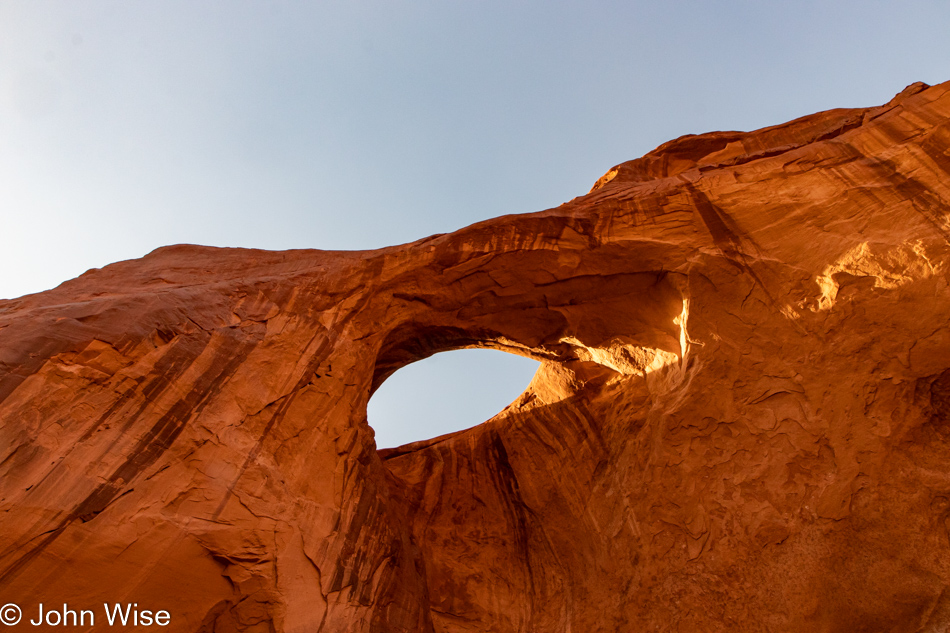
Stand below the giant Eye of the Sun and look into its depths; what do you find? Do you see the streaks of tears staining its cheek? It’s incomprehensible that we should be offered these opportunities to gaze into grandeur and not be forever transformed, but that’s the reality the sun and universe must contend with, and so they cry. If there were gods, they too would shed tears at the simplicity of a creature capable of such exquisite passions squandering these rare moments.

From one, the many arise. Somewhere in the distant, unknowable past, someone realized they could peck an image into the desert varnish found on rocks. This one person left a mark, followed by many others imitating what had been done by this pioneer. We can never know the first stone artist here in the Desert Southwest, but we can relish that hundreds if not thousands, followed the lead and offered the future a mystery. From an anonymous author, possibly during the 16th century, someone penned a nursery rhyme titled “Hey Diddle Diddle” that spoke of a cow jumping over the moon. This panel has me thinking of an antelope in the form of a constellation that jumps over the terrestrial relative. Now I’ll have to reconsider the petroglyphs I’ve seen and wonder if I’m not looking at nursery rhymes.
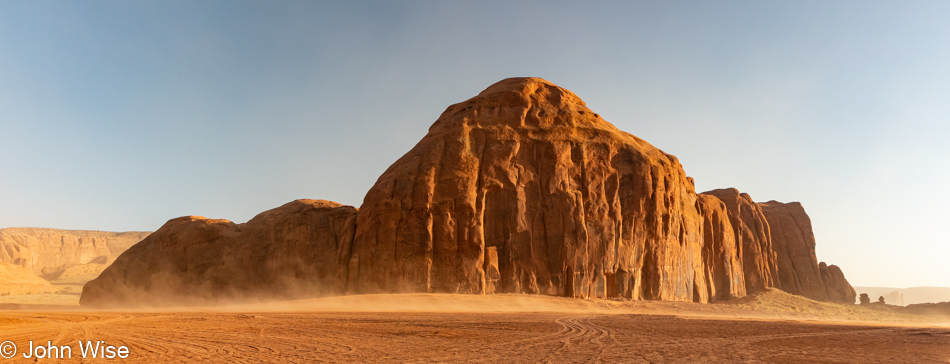
“Without change, something sleeps inside us and seldom awakens. The sleeper must awaken.” ― Frank Herbert, Dune.
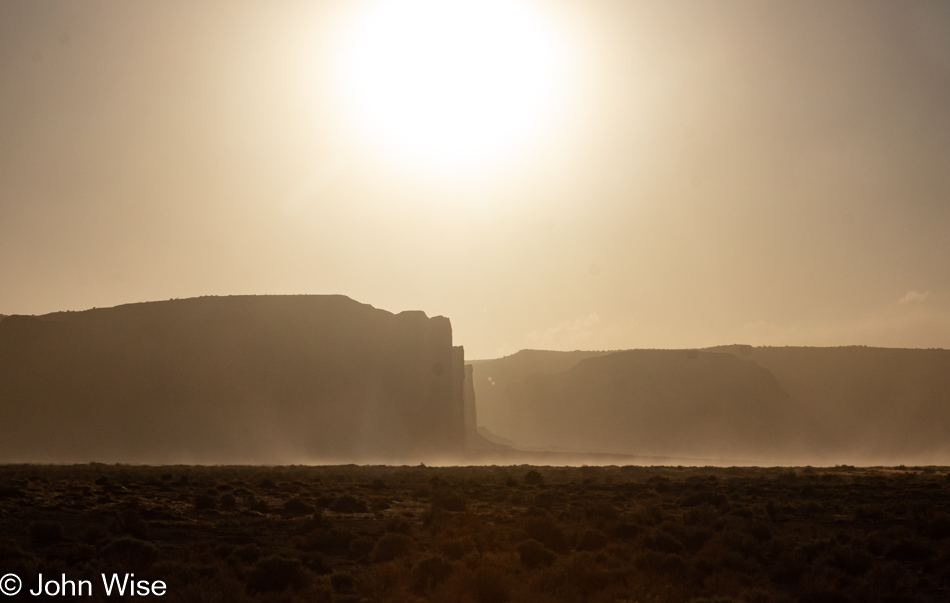
Gates also act as blinders, stopping us from seeing the full picture, while a veneer of dust can obscure what we think we are seeing. Where we humans are in our perception of the world and our place within the universe is still hidden behind many a door, gate, much haze, and darkness. In dream worlds, we manifest glimpses of potential we might be afraid to experience for ourselves; we find shelter in the safety of our heads, knowing dreams are not real. When we open our eyes and stare into the light of knowledge, we risk blinding ourselves with truths that make us largely incompatible with many of our species. There is an inherent cost that arrives with even a glimmer of enlightenment, and that is you will be simultaneously alone and forever locked solidly in the multitude of the whole of everything.
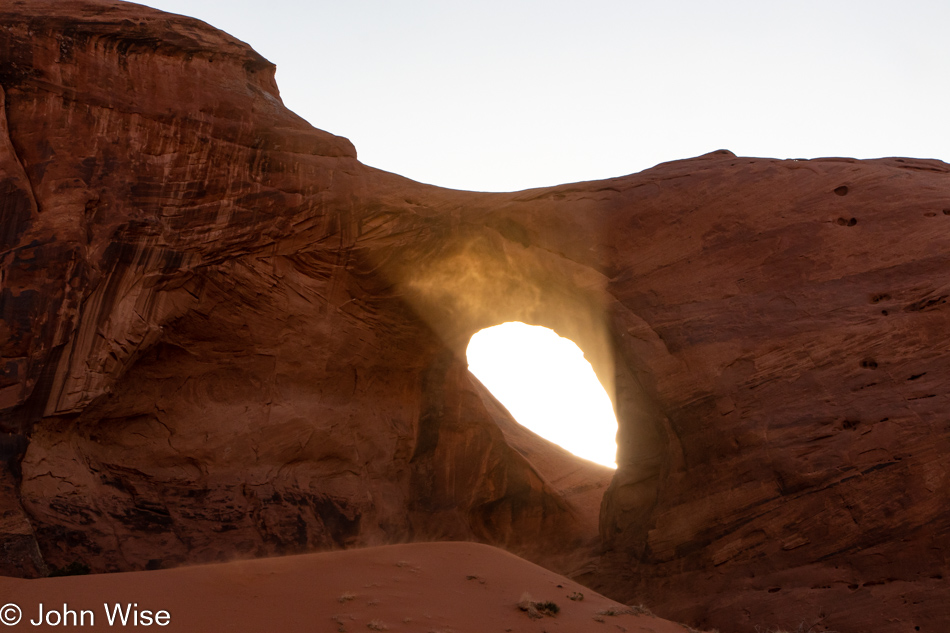
As above, so behind. Oh, I know this is a modified version of the better-known quote, but this is an intentional re-imagining due to the circumstances I find myself in. I don’t know the proper name for this version of crepuscular rays, a.k.a. god rays that have taken shape due to the dust blowing through the Eye of the Wind, but the idea of light beaming out of the eye instead of only inward could also be referred to as another moment in awe. As for the play on the quote, I began this paragraph with, look behind me.

The sun passes through the Eye of the Wind while the space between is being observed by countless brain cells in our individual heads, all firing to interpret the moment. On one hand, eyes and minds are not precise recording devices, but they do act extremely well as pattern recognition machines. While we cannot pull these images from our memories with the same fidelity as a photograph, when we do see something similar, we are able to compare it to the impression left behind and find familiarity to better understand the impression. We do not only see with our eyes but also with our memories. Which then begs the question, what memories have you tried to collect?
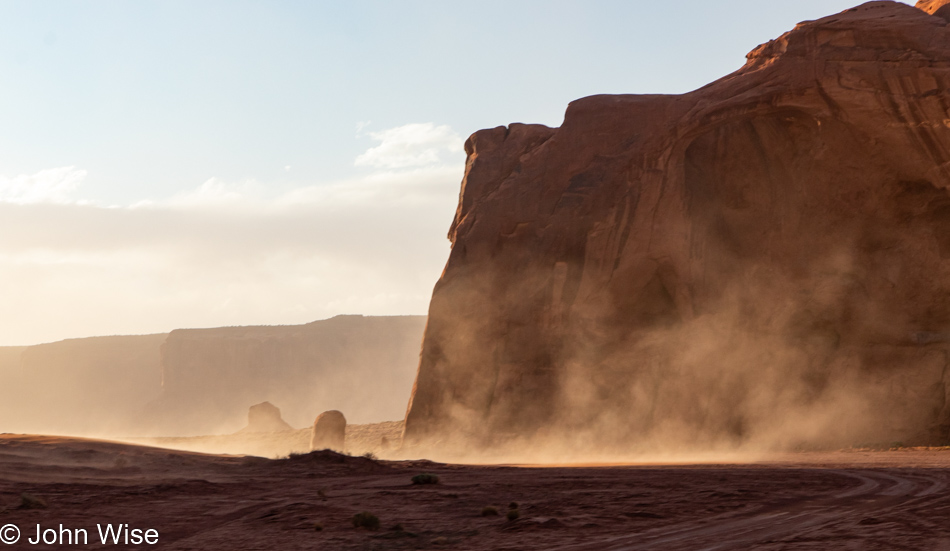
In Henry Wadsworth Longfellow’s poem titled, A Psalm of Life, the following stanza resonates with me.
Lives of great men all remind us
We can make our lives sublime,
And, departing, leave behind us
Footprints on the sands of time
The sand of time is an old idiom referring to grains passing through the constriction of the hourglass that should have us thinking about how our moments are passing through the constriction of our limited existence. If you do not try to capture those grains and simply let them float away, you will not have been available to witness what time could have offered you.
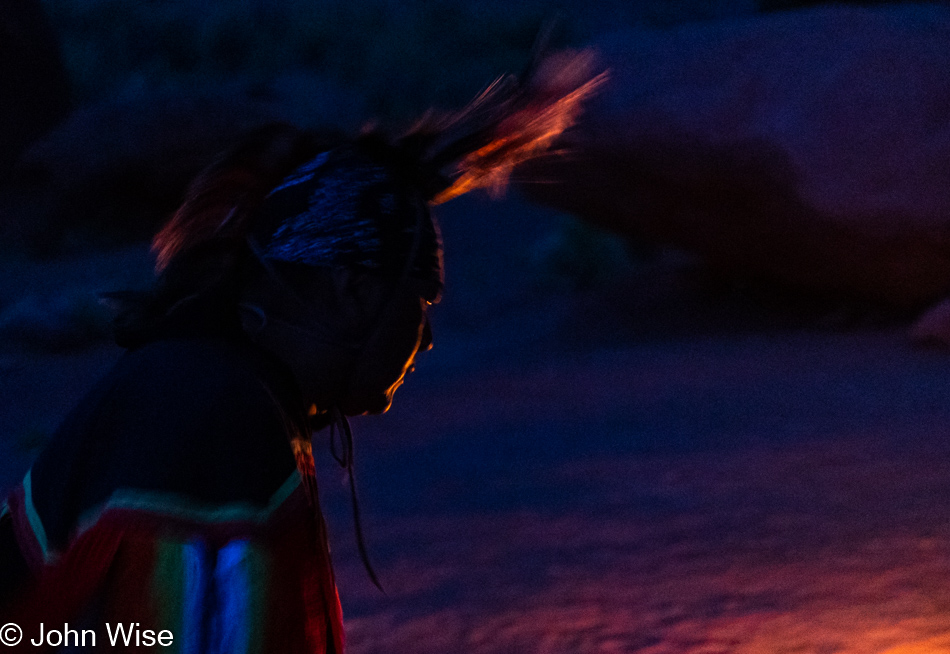
The sun has set; its rays cast light elsewhere. The blowing sand is beginning to settle in the late day as a number of us gather around a table to share a meal. The others arrive under their own circumstances with ideas that direct their narrative, but no matter the background, we are here with those who feed us, sing to us, and tell us their story. Around a fire, we are reminded that the light shining on our faces is temporary, but for a moment when we were on hand trying to understand the impossible and magnificent.
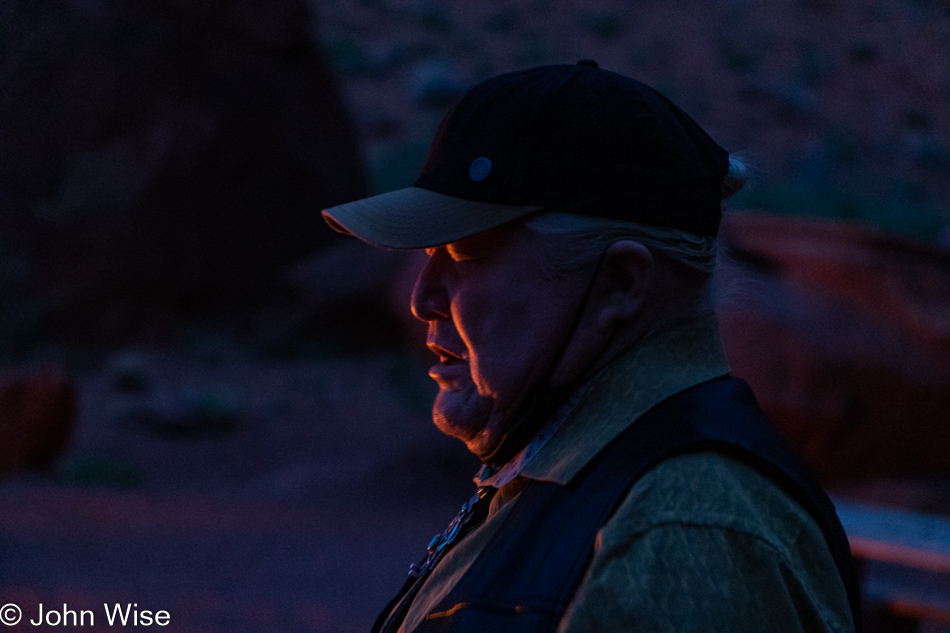
How many of us never learned to look into the flickering light of memories that might allow us to see not only our ancestors but some part of life as big as love? Can you beat a drum, sing a song, or tell of the extraordinary if the images within are a frenzied blur of chasing aspirations and goals that have nothing to do with one’s soul, whatever that might be?
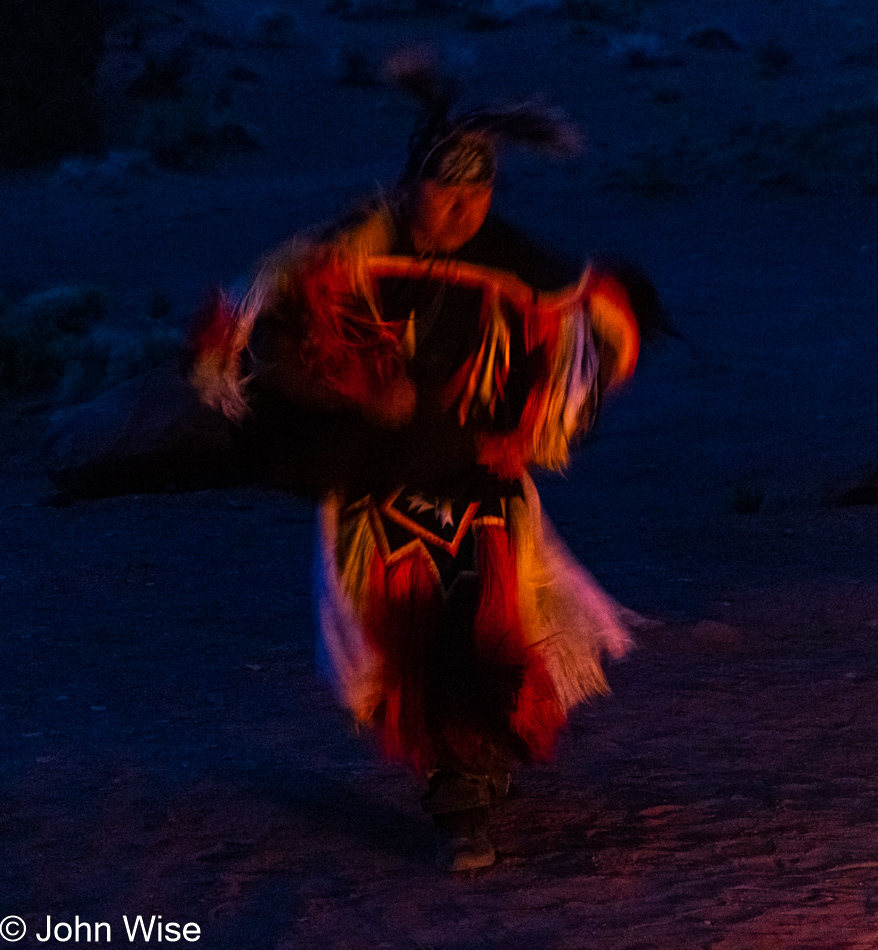
Dance with beauty into the heart of the night. Paint your dreams so they intertwine you with amazement and wonder on your path to see the light of love and life. When you wake, be sure to throw open the door welcoming the sun into your new day, turn around, and shine your own light into the universe. You are now dancing.

